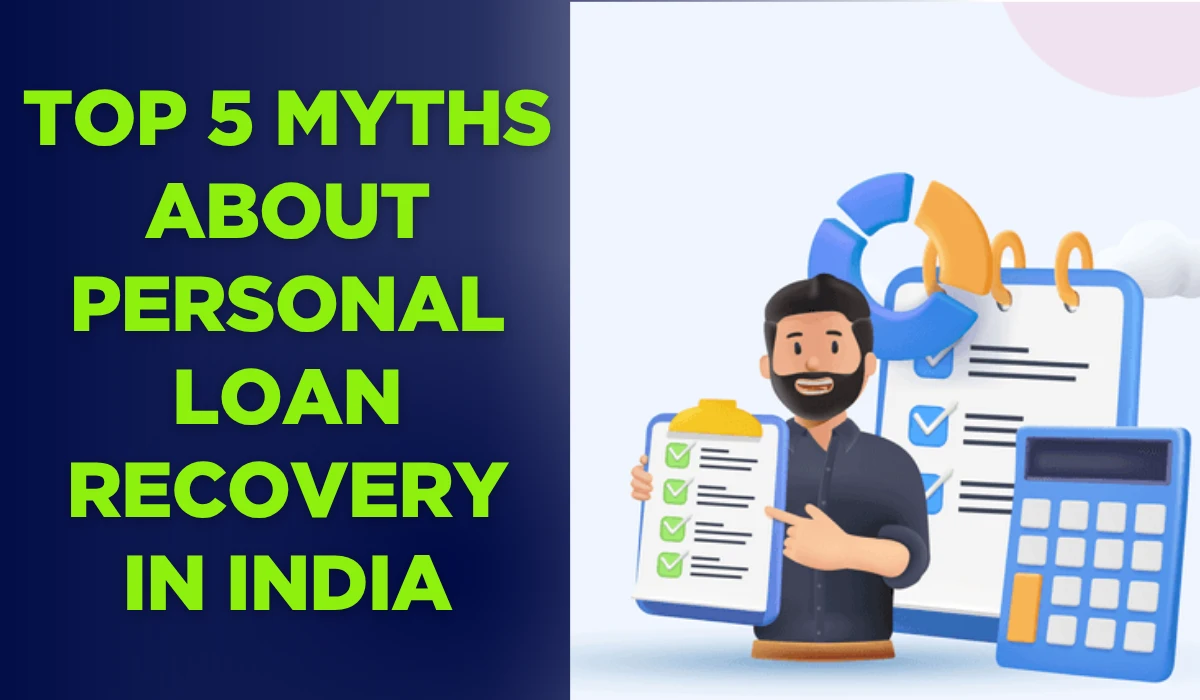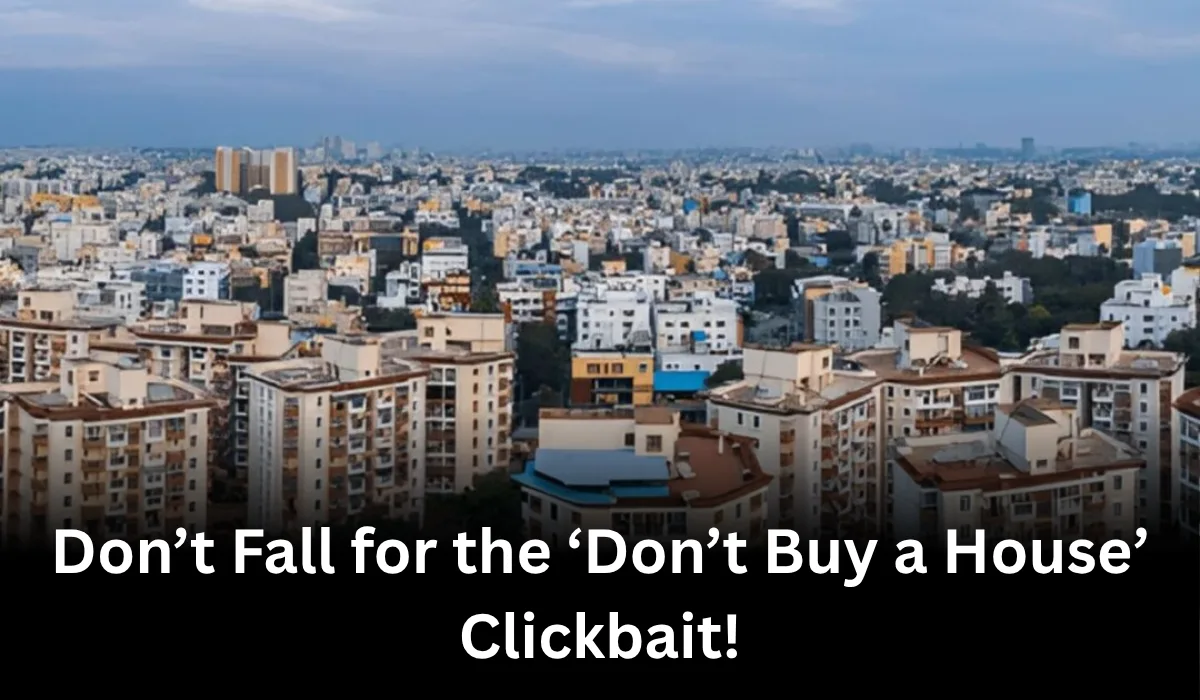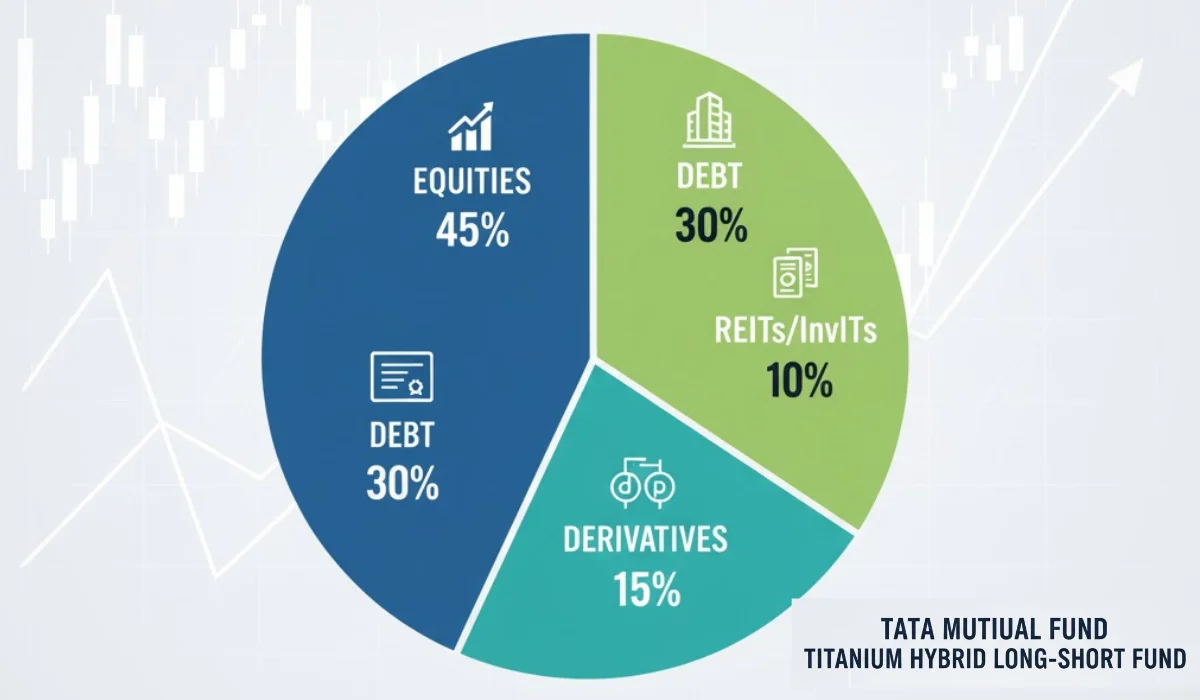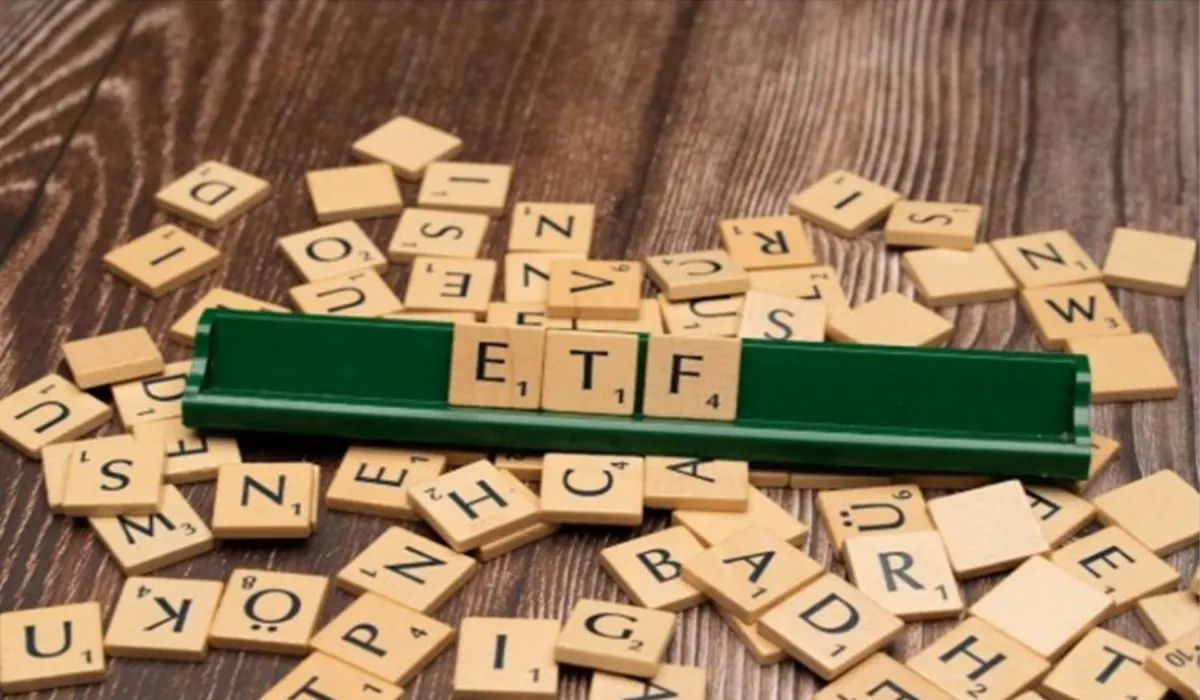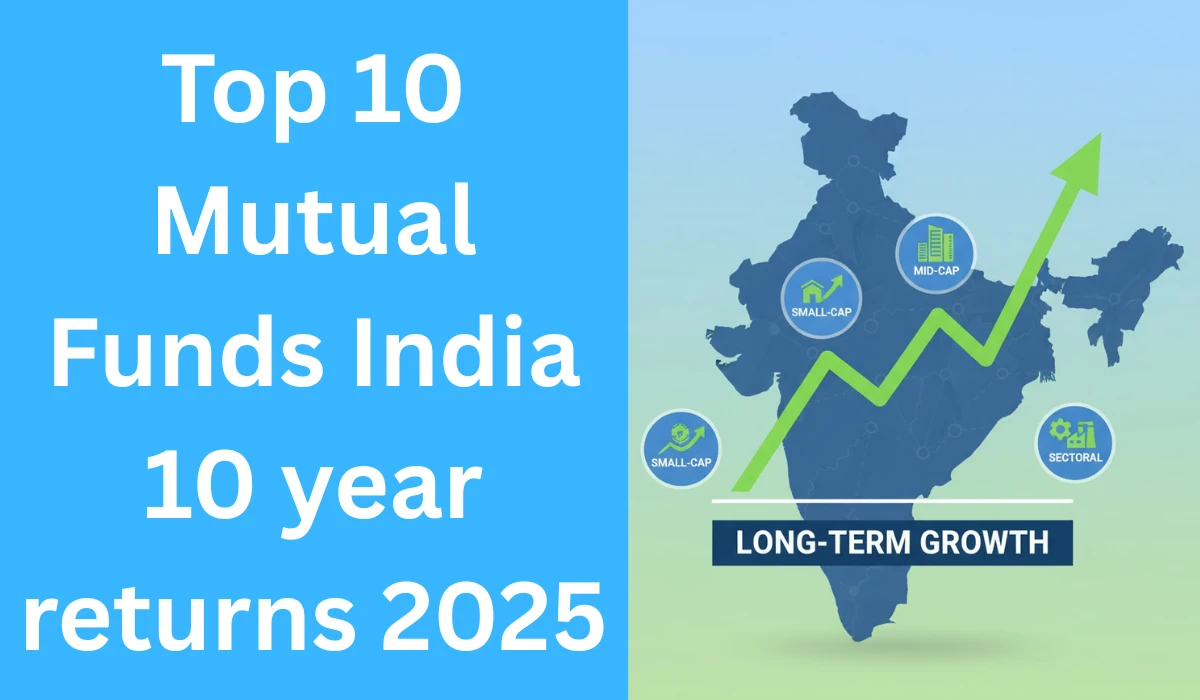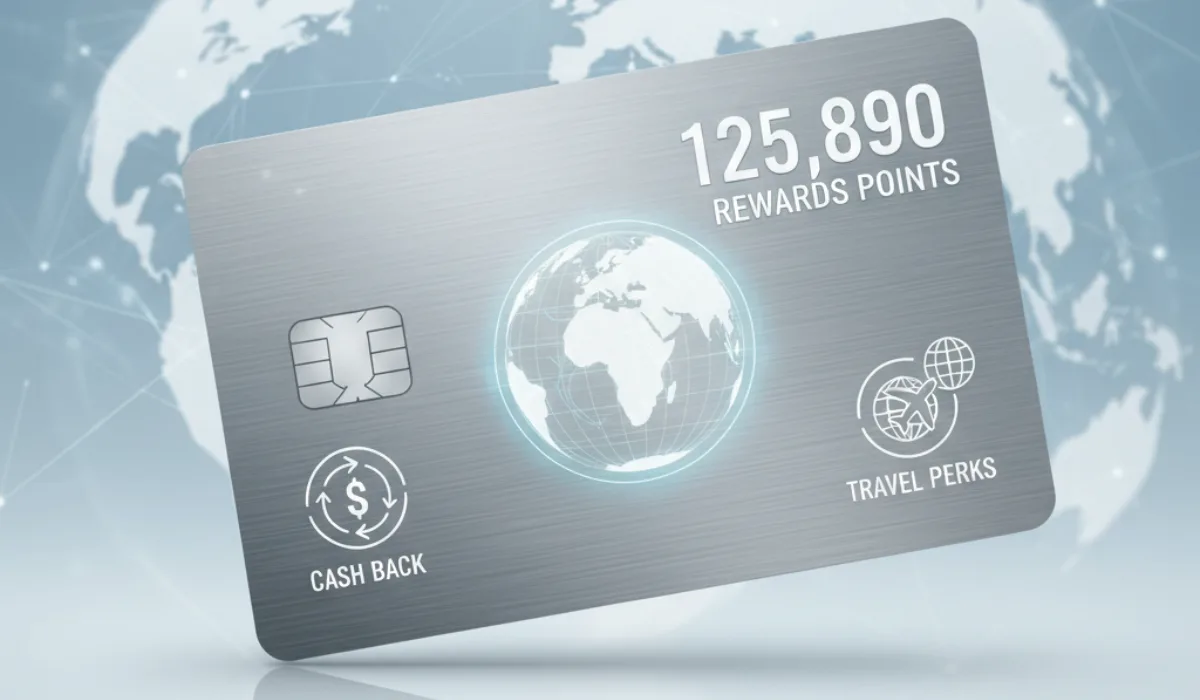Understanding Personal Loan Recovery in India
Personal loans have surged in popularity across India, with disbursals reaching ₹2.5 lakh crore in FY24, according to RBI data. Non-banking financial companies (NBFCs) and banks offer quick approvals, but missed equated monthly instalments (EMIs) spark fears of aggressive recovery.
The Reserve Bank of India enforces the Fair Practices Code to balance lender interests with borrower protections. Recovery begins only after prolonged defaults, not immediate misses. In 2025, with inflation at 5.5% and household debt rising, understanding these processes is crucial.
Misinformation spreads via social media and word-of-mouth, amplifying myths. However, RBI's guidelines, updated in 2023, mandate ethical recovery, limiting agent actions and ensuring privacy.
Myth 1: Quick Loan Processing Means Swift Recovery Actions
Borrowers often link fast loan approvals to rapid recovery tactics. Platforms advertising instant disbursals in minutes fuel this belief, suggesting lenders will equally chase defaulters aggressively.
The Reality Behind Processing and Recovery
Loan processing involves credit checks, KYC verification, and fund transfer, typically within hours via digital platforms. Recovery, however, depends solely on repayment history, not disbursement speed.
RBI classifies accounts as special mention (sub-standard) after 30 days overdue, but full non-performing asset (NPA) status requires 90 days. Timely EMIs eliminate recovery entirely. Data from TransUnion CIBIL shows 70% of personal loans remain performing, underscoring that default triggers action, not processing efficiency.
Lenders prioritise reminders over pursuits for minor delays, aligning with RBI's borrower-centric approach.
Myth 2: Recovery Agents Arrive After One Missed EMI
Panic sets in after a single EMI bounce, with tales of doorstep visits the next day. This myth persists due to aggressive marketing by some unregulated entities.
Grace Periods and NPA Classification Explained
Banks and NBFCs issue SMS, email, or call reminders post-miss, often with a 7-15 day grace period. Multiple misses escalate to notices. RBI norms tag NPAs only after 90 days, allowing restructuring options.
In FY24, NPAs in personal loans hovered at 2.5%, per RBI reports, indicating most issues resolve pre-NPA. Early intervention includes EMI moratoriums or one-time settlements, preventing escalation.
This structured timeline protects borrowers, giving time to arrange funds without immediate pressure.
Myth 3: Recovery Agents Have Free Rein to Harass
Stories of verbal abuse, late-night calls, or public shaming dominate discussions, portraying agents as unchecked enforcers.
RBI's Strict Conduct Guidelines
The RBI's 2008 Fair Practices Code, revised in 2023, prohibits abusive language, threats, or visits outside 7 am to 7 pm. Agents must identify themselves and avoid privacy breaches.
Violations invite penalties; banks face fines up to ₹5 crore. The RBI Ombudsman handled over 1 lakh complaints in 2024, many recovery-related, resolving 80% in borrowers' favour.
Do Not Call Registry integration and audio recording mandates enhance accountability. Trained agents focus on negotiation, not intimidation.
Myth 4: Lenders Can Seize Assets Without Court Involvement
Fear of sudden property attachment for unsecured personal loans is widespread, especially post-SARFAESI Act misconceptions.
Legal Processes for Secured vs Unsecured Loans
Personal loans are unsecured, lacking collateral. Recovery mandates civil suits or arbitration under the Arbitration and Conciliation Act, 1996. No self-help repossession occurs.
For secured loans like home loans, SARFAESI allows possession post-60-day notice and hearing. Unsecured cases require court decrees for attachment.
RBI's 2022 master directions emphasise notices and debt recovery tribunals (DRTs). In 2025, DRT pendency exceeds 1 lakh cases, delaying actions and favouring borrowers.
Myth 5: Default Permanently Ruins Credit and Loan Eligibility
Many assume one default blacks out future borrowing, impacting jobs or visas.
Credit Score Recovery and Lender Perspectives
A default drops CIBIL scores by 100-200 points, but settlements restore eligibility. Scores rebound with 12-24 months of clean conduct, per Experian data.
Lenders assess recent history; 60% approve post-settlement loans within two years. RBI's 2016 circular limits wilful defaulter tags, aiding rehabilitation.
Regular repayments rebuild profiles, with fintechs offering second-chance products.
Borrower Rights Under RBI Regulations
RBI empowers borrowers through codified rights, ensuring dignity amid recovery.
Right to Fair Treatment and Privacy
Agents must use respectful communication, barred from coercion or third-party disclosures. Breaches trigger internal bank redressal.
Right to Proper Notices and Legal Recourse
Secured recoveries need 30-day notices; unsecured demand court orders. Borrowers can challenge via DRTs or consumer forums.
Complaint Mechanisms and Settlement Options
File with banks, escalate to RBI Ombudsman within one year. Settlements average 50-70% recovery, per industry estimates, avoiding litigation.
Evolving Landscape of Loan Recovery in India
Digital lending via UPI and apps has transformed recovery, with AI-driven reminders replacing manual chases. RBI's 2025 digital lending guidelines cap outsourcing, enhancing oversight.
Post-COVID, moratoriums and ECLGS reduced NPAs temporarily, but 2024 saw rises due to job losses. Fintechs like Lendingkart comply strictly, boosting trust.
Why Dispelling Myths Builds Financial Confidence
Awareness curbs panic, encouraging timely repayments. RBI's financial literacy drives, reaching 10 crore Indians, highlight rights.
Lenders view recovery as last resort; 90% resolve amicably. Knowing facts prevents falling for scams posing as agents.
FAQs on Personal Loan Recovery
Can Agents Visit Anytime?
No, restricted to 7 am-7 pm, with prior intimation.
Impact of NPA on Future Loans?
Temporary; clears post-settlement and good history.
Role of Credit Bureaus?
They report defaults but update positives promptly.
Conclusion
RBI's framework demystifies recovery, protecting borrowers while enabling fair lending. Stay informed to navigate finances wisely.
Related Articles
Top 10 Personal Loan Apps in India for Fastest Disbursal10 Trusted Instant Loan Apps in India for Salaried Employees with Quick Approval Process
Top 10 Instant Cash Loan Apps in India Without Salary Proof
Top 10 RBI Approved Loan Apps in India You Can Trust
Types of Personal Loans in India: Everything You Need to Know
How to Choose The Right Instant Loan Lender in 2025?
Discover India’s Best NBFCs for Easy and Fast Personal Loans
How Does Age Affect Your Personal Loan Eligibility?
Loan Settlement vs Loan Closure: Key Differences, Rules & Impact 👉 To see amazing offers from 'Smart Deals' for shopping Click here

